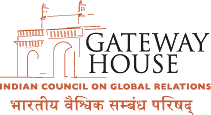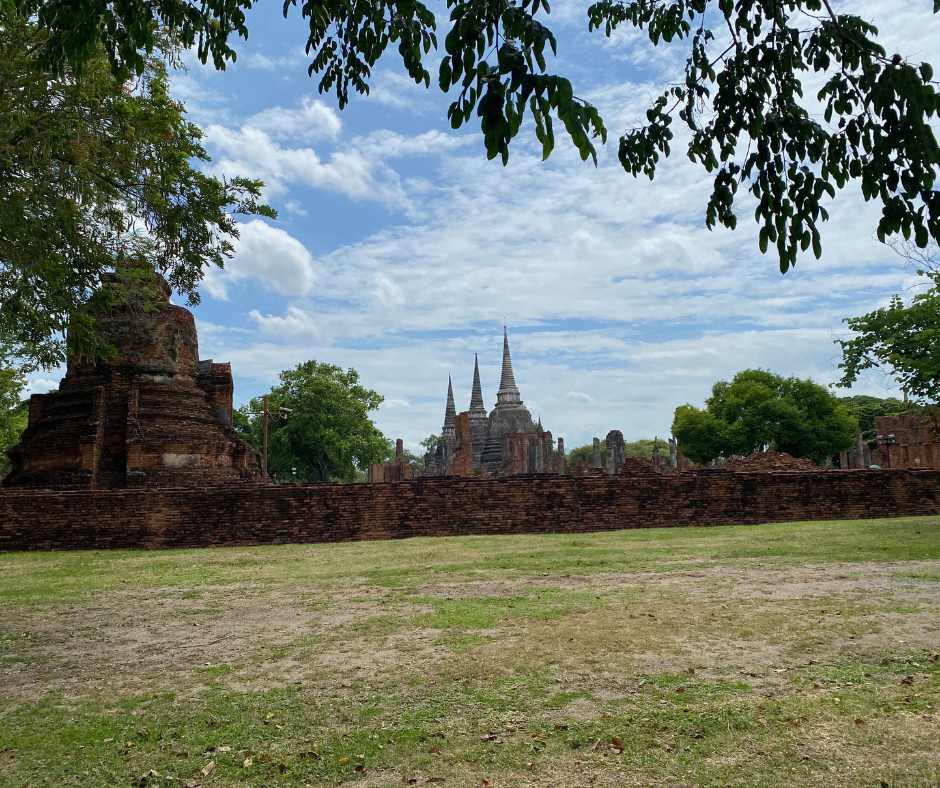Thailand is currently making headlines, but not for its vibrant tourism sector… Instead, the focus has shifted to a deepening political crisis that is manifesting in ways reminiscent of the 2014 military coup. This situation highlights the dual nature of Thailand—a nation renowned for its breathtaking beaches, delicious cuisine, and rich culture, yet also a significant political and geopolitical player in Southeast Asia. This was true historically too, when Thailand was a central actor during the tumultuous events of the Second World War, further emphasising its importance on the global stage.
Despite the rising political tensions, particularly the ongoing border disputes with Cambodia, Thailand’s tourism industry shows no signs of slowing down. The country has solidified its status as a premier destination, attracting travellers seeking to immerse themselves in its lively culture and enjoy its famous street food.
In fact, recent statistics reveal that Thailand has surpassed both Vietnam (17.5 million) and Singapore (16.5 million), welcoming an impressive 35.5 million foreign tourists in 2024, out of which 2.1 million were Indian tourists. This remarkable surge in tourist numbers makes Thailand the second most visited country in the region, just behind Malaysia, which reported 38 million foreign arrivals.
One of the strategic moves to boost tourism from India—a rapidly growing source of visitors—has been the extension of visa-free entry for Indian citizens through 2026. This policy allows Indian tourists to explore Thailand without the hassle of a visa for up to 60 days. However, all visitors, including those who benefit from visa-free travel, will need to obtain a Thailand Digital Arrival Card (TDAC) at least three days before their arrival. This digital requirement aims to streamline the entry process, ensuring a more efficient experience for tourists.
Recent estimates suggest that approximately 1.64 million Indian tourists have visited Thailand since October 2024, indicating a significant influx of visitors from this key market. The combination of cultural allure and travel facilitation measures demonstrates Thailand’s continued appeal, even amidst the backdrop of political uncertainty.
For many Indian tourists, Thailand is often associated with its stunning beaches and vibrant nightlife. However, the country has much more to offer for those interested in history and culture, which is a key reason it has become a top tourist destination.
Located about a six-hour drive from Bangkok, in north-central Thailand, lies the ancient city of Sukhothai. This city was the first capital of Thailand, known then as Siam, and it thrived from the 13th to the 15th centuries. Sukhothai, which means “Dawn of Happiness,” was ruled by powerful warrior kings who controlled nearby Tai city-states until the early 15th century. Today, Sukhothai is recognised as the birthplace of Thai civilisation, with its unique architecture and culture having a lasting influence on the development of modern Thailand.
Sukhothai emerged as a city-state in 1238, when local Thai leaders revolted and gained independence from the Khmer Empire. The kingdom reached its peak during the reign of King Ramkhamhaeng (1279-1298), who expanded its territory, developed the Thai alphabet, and promoted Theravada Buddhism. He is credited to have ushered in the ‘Golden Age’ of Thailand, the reflection of which can be felt to this day.
The ancient city is known for its distinctive architectural style, seen in temples like Wat Mahathat and Wat Sa Si, and for its ceramics, often reflecting Chinese influences.
Sukhothai’s influence waned as the Ayutthaya kingdom rose to power, eventually becoming a vassal state. Despite this, Sukhothai’s legacy as the foundation of Thai culture and identity remains significant.
A visit to Sukhothai triggers the hidden historian inside all travellers. In 1991, the historical significance of Sukhothai was internationally recognised when it was declared a UNESCO World Heritage Site. This status boosted tourism, and Sukhothai today attracts not only tourists but also scholars and historians.
Next comes Ayutthaya, which is located around 84 kms away from Bangkok. By car it takes a little more than one hour from Bangkok. Here, travellers can soak themselves in the rich history and abundant statuary of Buddha in all shapes and sizes.
Not many Indian tourists are aware that the ancient city of Ayutthaya in Thailand has connections with Ayodhya, the home of Lord Ram in India. Also a UNESCO World Heritage Site, Ayutthaya was the second capital of the Siamese Kingdom and a major global centre of trade and diplomacy from the 14th to 18th centuries.
Founded in 1351, it flourished for over 400 years before its destruction by the Burmese in 1767. The city’s strategic location on an island surrounded by three rivers contributed to its growth and defence. Often referred to as Thailand’s “forgotten capital,” Ayutthaya was involved in numerous conflicts with neighbouring kingdoms such as Burma.
Built on a downstream island, Ayutthaya was named Ayudhya after the Ramayana. However, the Chinese called it Xian Kingdom, which later was called Siam by the Portuguese.
During its heyday, the kings of Ayudhya deftly intertwined the threads of Hindu culture into the fabric of their own society. The kingdom, predominantly Buddhist, showcased remarkable discernment in its cultural assimilation. While it wholeheartedly welcomed the epic tales of the Ramayana as vital court rituals, it also adopted enchanting customs such as the poignant practice of floating lanterns adorned with flowers in honour of the deceased.
However, the kingdom consciously distanced itself from certain orthodox Hindu practices, notably the caste system, choosing instead to forge a distinct identity that blended reverence for tradition with a unique vision of societal harmony. In 1767, after a prolonged siege, the Burmese army sacked and burned the city, leading to the end of the Ayutthaya Kingdom.
Despite its destruction, Ayutthaya’s ruins are a testament to its former glory and are preserved as a historical park… The city’s influence on Thai culture and history remains significant.
One will often hear of Indian tourists thronging the beaches of Phuket or Pattaya or Koi Samui. But little do travellers explore the old maritime hub of Koi Samed, an island in the Gulf of Thailand, which has a history intertwined with both strategic importance and tourism.
In the 19th century, it was incorporated into the royal domain under King Rama IV and King Rama V of Chakri Dynasty and gained a lighthouse projecting the island’s growing significance as a navigational point in the Gulf of Thailand… Koh Samet, also historically known as Koh Kaew Phitsadan, was a strategic location used as a naval base during the Ayutthaya Kingdom.
Thailand’s significance grew in the 20th century, when it emerged as a major transit hub for Japanese forces during World War II. The Japanese, seeking to secure supply routes for their campaigns in Burma and Malaya, constructed the infamous ‘Death Railway’ through Thailand, using forced labour from Allied prisoners of war and Asian civilians. This railway, officially known as the Burma-Thailand Railway, became a symbol of immense suffering and loss, with an estimated 100,000 labourers dying during its construction.
The Death Railway Museum and Research Centre in Thailand’s Kanchanaburi is a two-hour drive from Bangkok, and absorption in the history of that era. Adjacent to the museum lies a war cemetery where the names of Indian soldiers who also worked in the construction of the railway line, can be found.
The Death Railway also includes a bridge over the River Kwai, after which the iconic movie Bridge On The River Kwai was made by David Lean in 1957 that depicted a fictionalised account of the harrowing life of prisoners of war who worked as labourers there.
Many of the 1.64 million Indian visitors to Thailand might want to step beyond the allure of beaches and streetwalking. There are historical and culturally rich provinces of this Southeast Asian nation to explore, which will prove enriching.
Nayanima Basu is a journalist who writes on issues of foreign policy and is the author of “The Fall of Kabul: Despatches from Chaos”.
This article was exclusively written for Gateway House: Indian Council on Global Relations. You can read more exclusive content here.
For permission to republish, please contact outreach@gatewayhouse.in.
Support our work here.
© Copyright 2025 Gateway House: Indian Council on Global Relations. All rights reserved. Any unauthorised copying or reproduction is strictly prohibited.












